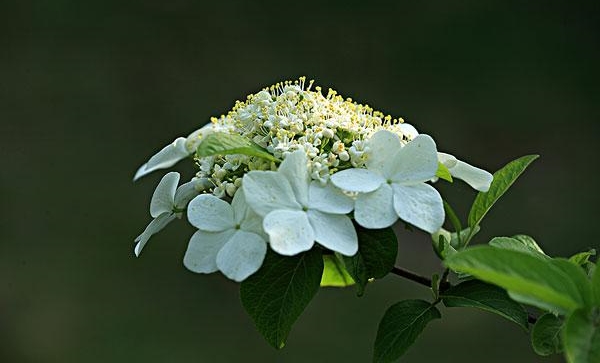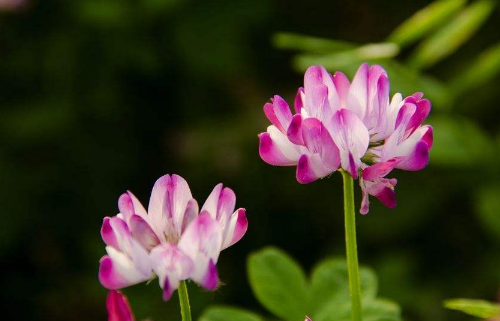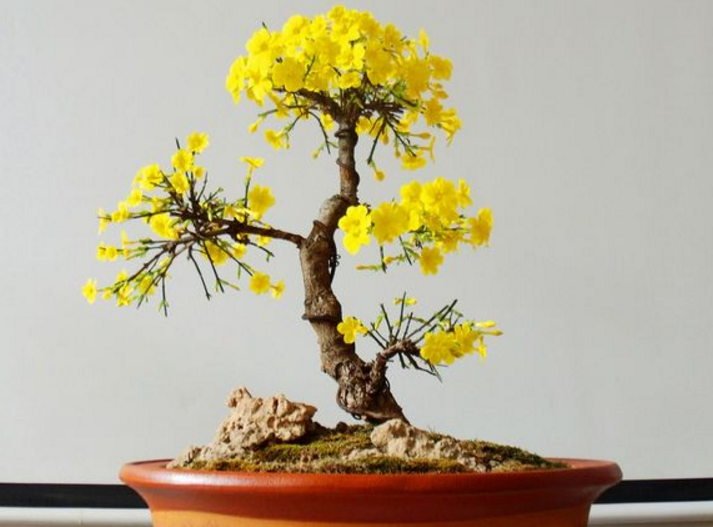The Propagation method of Qionghua
Grafting propagation
We generally choose to carry out grafting propagation around March to April every year, because the climate at this time is more suitable and can improve the survival rate of grafting. Then first select the branches of the mother tree that can blossom, then cut off the 5cm or so as the scion, propagate it with the method of high grafting, and wait until the buds of the scion produce leaves, and then put it into the sun for breeding.

Sowing and reproduction
The seeds of Qionghua were collected in November, and then washed and stored after harvesting. We should soak the seeds in warm water for about 12-24 hours, and then take them out and sow them after absorbing water. This can effectively improve the germination rate of seeds. Sow the seeds evenly on the soil surface, then cover them with about 1-2cm of soil, then water them thoroughly, and then germinate in about 15 days.
Knowing the breeding method of Qionghua, what else do we need to pay attention to?
The cultivation method of Qionghua soil
Qionghua likes to grow in slightly acidic and neutral soil, and should not be cultivated in alkaline soil. Its root system is relatively developed and it is easy to survive when transplanting.
Light
Qionghua is a kind of plant that likes shade and tolerates shade, and has strong cold tolerance, so it is particularly difficult to spend summer if it is high and muggy in summer, so we must avoid sun exposure in summer and should provide timely shade and cooling treatment.
Temperature
The suitable growth temperature of Tianmu Qionghua is between 15 and 30 ℃. When planting, you can keep it indoors for a period of time, and then move it to an outdoor shaded place for a period of time, so that it can grow and develop well alternately.
Fertilization and pruning
After the leaves fall every autumn, dig a ditch around Qionghua and apply 2 shovels of compost, then cover the soil and water it, and blossom more in the second year. Proper pruning was carried out once a year in autumn to cut off long and weak branches, cut short and long branches, and cut off residual ears and dead branches in early spring.
Has everyone learned the breeding method of Qionghua? Do you know what functions and functions Qionghua needs?
Culture methods of Qionghua
The suitable growth temperature of Qionghua is between 15 and 30 ℃. It is a kind of plant that likes shade and has strong cold tolerance, so it is best to plant it in slightly acidic and neutral soil for cooling by spraying water in summer.
- Prev

Culture method of Artemisia mandshurica
1. When the soil is used to plant Artemisia mandshurica, the minimum requirement is healthy, loose and well drained, and the soil cannot contain bacteria or eggs. If the PH value is between 5.57.5, it is most suitable, of course, the fertile soil will be more conducive to the growth of Artemisia mandshurica. 2. Ziyunying prefers sufficient light.
- Next

The method of making bonsai of primrose
Selection of material and color of flowerpots: spring primrose bonsai usually choose purple sand pottery pots or glazed pottery pots with medium and deep colors. In order to set off the flowers and colors of primrose, darker flowerpots are usually selected, such as dark blue, brown, fuchsia and so on. Shape: the shape of the flowerpot is determined by the shape of the primrose, usually round or square
Related
- Fuxing push coffee new agricultural production and marketing class: lack of small-scale processing plants
- Jujube rice field leisure farm deep ploughing Yilan for five years to create a space for organic food and play
- Nongyu Farm-A trial of organic papaya for brave women with advanced technology
- Four points for attention in the prevention and control of diseases and insect pests of edible fungi
- How to add nutrient solution to Edible Fungi
- Is there any good way to control edible fungus mites?
- Open Inoculation Technology of Edible Fungi
- Is there any clever way to use fertilizer for edible fungus in winter?
- What agents are used to kill the pathogens of edible fungi in the mushroom shed?
- Rapid drying of Edible Fungi

